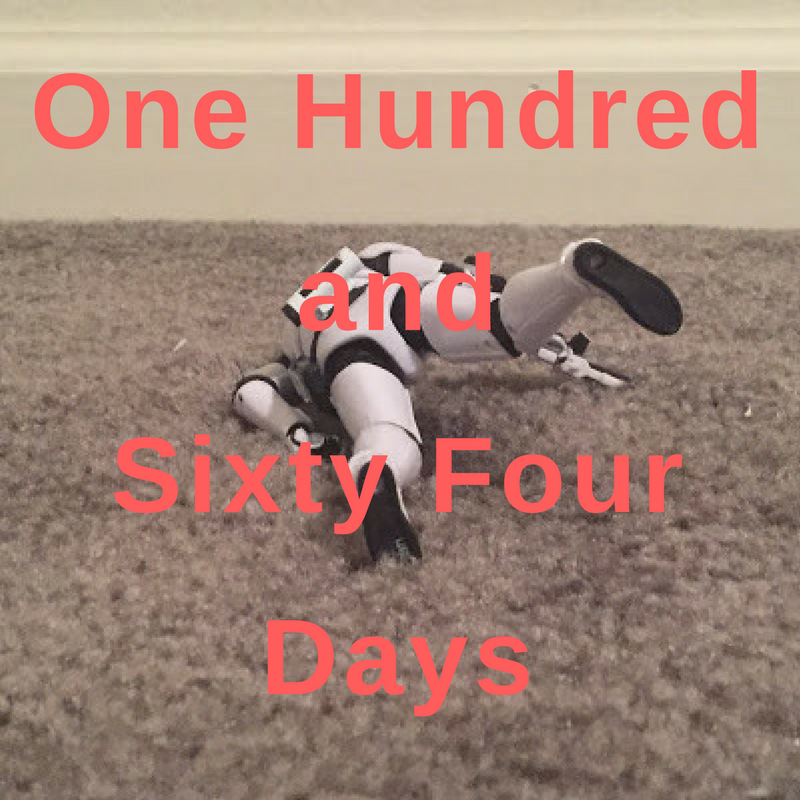Remember how I was just saying how awesome a character Dakota North was, except for the fact that she'd never actually been in a good story? Well, turning her into another in a long line of Matt Murdock's corpse brides isn't going to help matters.
Jeph Loeb is one of the worst writers currently working in comics. That said, this series succeeds by making a virtue of his shortcomings. It's all big, dumb action, there's no room for political subtext or mumble-brained characterization or just plain flat-out poor plotting. There are two Hulks jumping around fighting people, lots of ass is kicked and the plot is thin enough you could pass it between the cracks of the Wailing Wall. The only downside is that as fun as the book undoubtedly is, Loeb is so very bad at pulling off "mysteries" that the ultimate Rulk revelation will almost certainly be a massive, frustrating cheat of some kind. But still, it's a fun ride, mostly because he's not allowed to do anything but be big, fun and stupid.
Like here, for instance.
In case you were wondering, the Wasp is number #1 on my Underrated, Underutilized characters list. She's my all-time favorite super-heroine. Of all the classic Silver Age Marvel characters, she is the only one who has never really had any kind of solo spotlight, or really any kind of spotlight, aside from the occasional star turn in the perennial ensemble piece that is The Avengers. I fully intend to write about why I think she's such a great character, but for the time being it's important to note the strange coincidence of two incarnation of the Wasp dying within a month of each other. Remember a few years ago when something like three different versions of Northstar died within a couple months of each other? It was enough to make you think someone at Marvel really wanted their only prominent gay superhero dead. Now, however, I just think people are lazy, if the only value they can possibly see for Janet Van Dyne in either the 616 or Ultimate Universe is to have her dead, serving as inspiration for her crazy husband to do something even more crazy.
I mean, seriously, being eaten by the Ultimate Blob has to be the most needlessly gruesome comic book death in quite a while. Are we supposed to think the image of Ultimate Fred J. Dukes chomping down on the Wasp is some kind of sexy titillation? Furthermore, why was the 616 Wasp dispatched with such little consideration that the death scene literally had to be explained a month later by Dan Slott? (When I read the last issue of Secret Invasion, I specifically remember making a comment to myself to the effect that the death-scene was such a botched job Dan Slott was going to need to devote a whole issue of The Initiative to explaining what actually happened. Imagine my surprise when that was more or less what actually happened.)
The death of the Ultimate Wasp is really of no consequence besides the general comment that the whole "Ultimatum" storyline could not be more pathetic, and the knee-jerk return to female death and dismemberment as a shock tactic for mainstream super-comics is massively depressing. (Also: I'm no expert on Ultimate continuity, but isn't it odd that in order to make the story interesting they basically had to make the Ultimate Doom just like the 616 Doom? The Ultimate Fantastic Four was such an uninteresting reconceptualization of the original property that the only surprise is that it took this long for the whole Ultimate Universe to finally start dying.)
Is it my imagination, or do none of these "Batman R.I.P." tie-ins actually jibe with the chronology of the original series? Am I missing something? Reading these books confuses me something awful. As Tucker Stone recently said,
when you're working on the biggest super-hero character of the year, and your job is to do that characters big bestseller of the year, then that isn't the time for you to put out something that any Batman fan, even the dumbest one, calls "confusing."
I'd second that emotion, and also add that if you build your line around a crossover and the crossover very aggressively defies all attempts to make sense of its internal timeline, you've pretty massively screwed the pooch. Say what you will about Civil War, it had a good thru-line, and one of the things that got people excited was the fact that events progressed -- if not logically -- at least chronologically one to another, in such a way that the crossovers were pretty clearly defined and anyone reading the central story could step into the secondary books without fear of internal contradiction. For "Batman R.I.P.", however, it seems as if the creative teams involved in all the secondary Bat-books were simply told to write something on the vague theme of Batman being gone for mysterious reasons. It's almost as bad -- almost -- as the monumentally stupid "Avengers: Disassembled" event, the crossovers for which did not actually in any way influence, effect or even relate to the main storyline of "Avengers: Disassembled." But then, at least the crossovers to that story didn't blatantly contradict the main storyline.
This is not rocket science, this is not high "Art", this is superhero comics crossovers. It's bad enough that the story itself is a rotten clusterfuck, but the fact that they couldn't even get the crossovers to gel in anything resembling a cohesive manner is just insulting to the poor folks who actually care. I don't really care, but I'm still insulted by the sheer brass balls required to pull off such massive disregard for their audience.
People seriously wonder why Secret Invasion, which could have been written by marmosets, outsold Final Crisis! The former was an almost stunningly simple concept which, while certainly lacking in execution, nevertheless came out on time and presented no unnecessary challenges for the reader picking up, say, Thunderbolts and Deadpool and hoping for clear, easily-digested crossover stories. The latter, well, does anyone actually know why the Rage of the Red Lanterns or Legion of Three Worlds books are Crisis tie-ins? Sure, there is the possibility of some kind of major, paradigm-shifting revelation that causes the whole thing to retroactively cohere. But then again, it's more likely to be another "Avengers: Disassembled", if the scattershot approach to Batman R.I.P. is any indication.
Since I'm plugging other bloggers, I am reminded of Kevin Church's frequent advice to web designers: no matter how great your content is, if your portal is a confusing mess, or overly complicated, or just poorly conceived, you're likely to turn off just as many customers / readers / clients as not. It's really no different for websites than it is for any other kind of widget you can imagine. There's a reason why the three volumes of The Lord of the Rings have numbers on the spine indicating reading order: those numbers aren't just there to coddle the N3WBZ. Right now, as good as some may argue individual titles to be, the company itself is pushing the DC Universe as the major selling point for DC Universe comic books. The DC Universe is a disjointed, uneven mess, and if they can't even make up their minds that Detective Comics and Robin occur on the same planet, why should any potential customer believe them when they say that it's all "counting" towards something? Even something as simple as the return of the triangle numbers for the Superman books can make a world of difference.
Don't confuse your costumers, and don't insult their intelligence. If these seem like contradictory maxims, look again. It is very insulting to be confused by intentionally misleading and byzantine stories and meandering, meaningless crossovers. Costumers spend money to be entertained, and if that entertainment includes challenging, thought-provoking and even frustrating material (as the advocates of Batman R.I.P. would posit), then all the better. But it's all got to hang together at some point or else the trust between seller and customer dissolves. If the customer is led to believe that what was sold as a complex, interlocking, relatively non-contradictory crossover event is actually a half-dozen unrelated titles blindly groping after some broad undefined climax, then you're going to get some pretty pissed-off customers. Secret Invasion may not have been any good, but it delivered exactly what it promised.




